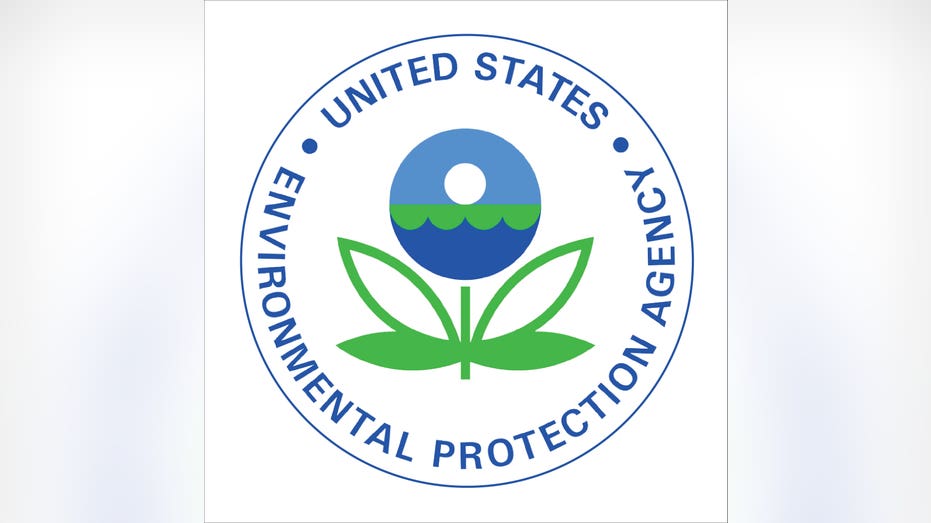EPA details push to tighten rules for lead in drinking water
The White House plans to release $2.9 billion next year for lead pipe removal
Fox Business Flash top headlines for December 17
Check out what's clicking on FoxBusiness.com.
The Biden administration took steps Thursday aimed at reducing lead in drinking water, announcing plans to release $2.9 billion in infrastructure bill funds next year for lead pipe removal and impose stricter rules to limit exposure to the health hazard.
Vice President Kamala Harris made the case for the administration’s push to eliminate every lead service line in the country, reiterating the administration’s pledge that the effort would create jobs across the country and begin to undo the harm pollution has caused in poor, often minority communities.
"The challenge that we face is, without any question, great. Lead is built into our cities. It is laid under our roads and it is installed in our homes," Harris said in remarks at AFL-CIO headquarters in Washington.

U.S. biofuel and corn industry groups said on Monday they are urging the Environmental Protection Agency to use restraint in its use of waivers exempting refiners from their biofuel blending obligations after the Supreme Court last week upheld the co
HARRIS ANNOUNCES PRIVATE-SECTOR INVESTMENTS IN CENTRAL AMERICA
The White House estimates between 6 million and 10 million U.S. households and 400,000 schools get water through lead service lines, which connect buildings to the water main and can leach particles of the neurotoxin into drinking water and potentially cause severe developmental and neurological issues — especially when consumed by children. In recent years, the risks facing cities with lead service lines have come into focus, most notably after the Flint, Michigan, water crisis.
The administration estimates 24 million homes are at risk of having lead paint, which can pose significant health risks even when absorbed at low levels.
While the EPA considers how to strengthen the nation’s lead-in-water rules, it will allow the previous Trump administration’s overhaul of lead regulations to move forward, officials said Thursday. The Biden EPA’s requirements are expected to be finalized by 2024, and would require the replacement of remaining lead drinking water pipes "as quickly as is feasible."
"The science on lead is settled — there is no safe level of exposure and it is time to remove this risk to support thriving people and vibrant communities," said EPA administrator Michael Regan in a statement.

Vice President Kamala Harris boards Air Force Two to return to Washington from Joint Base Pearl Harbor-Hickam, Hawaii, Thursday, Aug. 26, 2021. (Evelyn Hockstein/Pool Photo via AP)
BIDEN SUGGESTS MEGA-SPENDING BILL LIKELY TO MISS END-OF-YEAR DEADLINE
Some environmental advocates were lukewarm to the administration’s announcement, saying the 10-year goal for replacing lead lines and other provisions were vague on commitments and detail.
"The top priority must be to require removal of all lead pipes within the decade and to set a strict at-the-tap standard, which is the only way to prevent another generation of kids from drinking water through what is essentially a lead straw," said Erik Olson, senior strategic director of health at the Natural Resources Defense Council. "Good intentions won’t be enough to get the job done," he added.
John Rumpler, senior attorney with Environment America, called the administration’s plans "long-overdue and an indispensable step toward securing safe water." He also said the EPA should set a 10-year deadline to replace lead service lines, as New Jersey did in July.
At a Thursday briefing, deputy White House national climate adviser Ali Zaidi acknowledged the difficulty of locating and mapping out lead lines, which can be hard to assess in older cities and towns.
"A little bit of this ... is mapping the topography of the mountain as we’re starting to climb it," Zaidi said. "We have to go out there, we have to collect the data. There are communities around the United States where we do not know where the pipes are."
GET FOX BUSINESS ON THE GO BY CLICKING HERE
The White House also has plans to commit $5 billion for the removal of lead-based paint in Democrats’ $2 trillion social and environmental package. That bill remains stalled in the Senate.
The Trump-era rule said public water systems should replace 3% of their lead service lines each year if lead levels exceed 15 parts per billion. That rate is lower than the previous 7% standard established in 1991, but Trump administration officials said at the time that the rule eliminated loopholes that allowed water systems to avoid removing pipes and would actually make the replacement process faster.
But environmental groups were critical, saying it allowed removal to happen too slowly.
The Trump administration also set requirements to ensure water systems prevent lead in pipes from corroding into drinking water. And it revamped lead testing to make sure the samples water systems use in testing come from water sitting in lead pipes instead of near the faucet — a move that experts say could push lead level results higher for many utilities around the country.
The Biden EPA said it is considering ways to strengthen key parts of the regulation, including the 15 parts-per-billion threshold.
CLICK HERE TO READ MORE ON FOX BUSINESS
Congress approved $15 billion for lead service line replacement in the infrastructure bill — about a third less than what the White House and water experts say it would cost to replace them nationally.
Administration officials spoke about additional efforts being taken to limit lead exposure, including more childhood surveillance testing for lead exposure by the Centers for Disease Control and Prevention and grants from the Department of Housing and Urban Development to remove lead paint in public housing. The Treasury Department is also announcing that surplus COVID-19 relief funds can be used for lead service line replacement projects.
"There is no reason in the 21st century for why people are still exposed to this substance that was poisoning people back in the 18th century," Harris said.




















